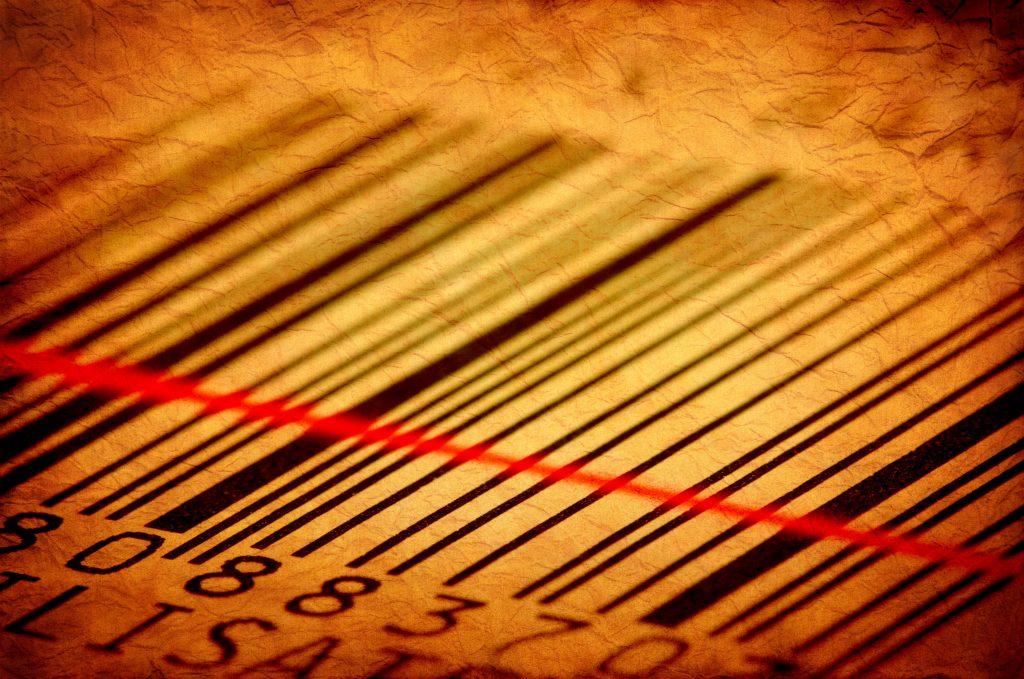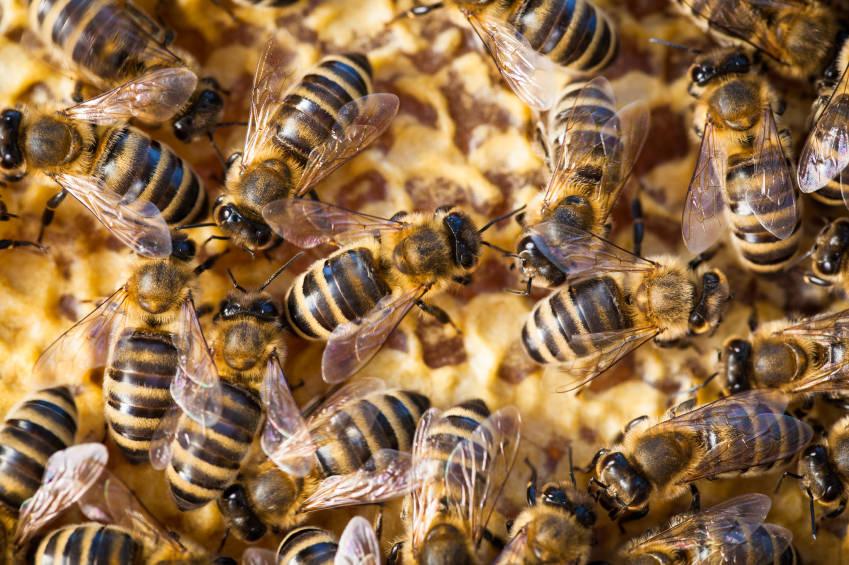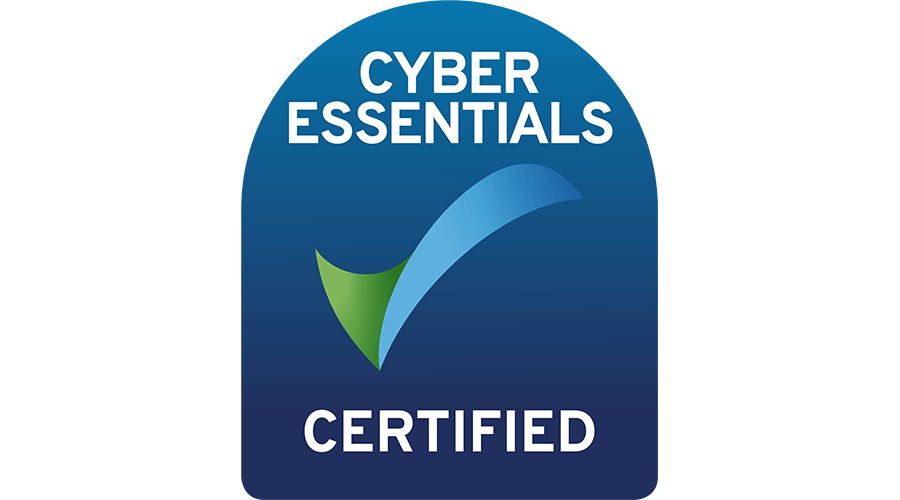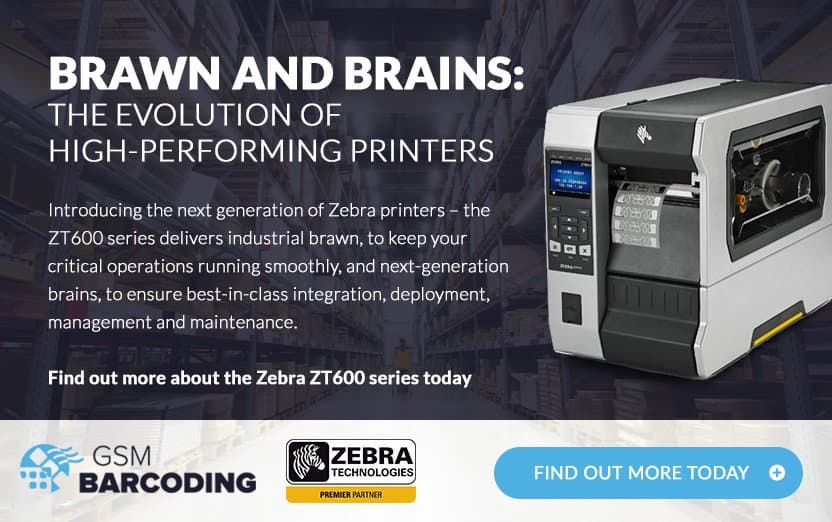Barcodes are incredible. From supermarket check outs to labelling bags of donated blood, these black and white stripes have revolutionised the way so many industries operate. However, for many people, they remain a mystery. We see them being scanned when we buy our shopping, but have you ever stopped to wonder how they actually work? And what other incredible things are barcodes capable of?

Well, let’s take a look at what exactly a barcode is, as well as 7 fascinating things that you didn’t know about them.
What is a Barcode?
Most people will be able to recognise a barcode, and chances are you come across them every day. Barcodes are the small labels on products that are scanned in order to identify them when you purchase a product.
These small black and white lines are made up of binary coding which means they hold a lot of information that makes them incredibly useful. They are much more accurate and reliable than manual data entering, thus streamlining processes such as sorting and shipping in places like factories and warehouses.
7 Fun Things About Barcodes
1. Chewing Gum Was the First Item Scanned with UPC
In the summer of 1974, a supermarket in Ohio made history by trying out the scanning of UPCs (unique product codes) in their automated checkout system. What was the first ever product to be scanned and bring about the revolution of grocery shopping? A 10-pack of Wrigley’s juicy fruit gum.
In recognition of this momentous occasion, this pack of gum can be found on display at the Smithsonian Museum in Washington DC.
2. The First Use of the Barcodes Was to Label Railroad Cars
At the Pennsylvania Railroad, an undergraduate at MIT noticed the need for automatic identification of railroad cars. He developed a system called KarTrak. It used blue and red reflective stripes that were attached to the side of cars, encoding a six-digit company identifier and four-digit car number.
This first barcoding system was eventually rolled out across the entire North American fleet but was abandoned in the late 1970s as the system could be easily fooled by dirt, which effected its accuracy.
3. The Original Barcode Design Looked Like a Bullseye
Before the recognisable white and black lines we know today, early barcodes resembled bullseyes. The barcode’s inventors, Bernard Silver and Norman Woodland, were inspired by Morse Code. They patented the bullseye barcode system in 1949, deciding that the design was a good choice as it could be read from any angle. However, it had limitations as any imperfection in printing caused the system to be unworkable; this aided its eventual replacement with the system we know today.
4. QR Codes Can Be Used for Gravestones
QR codes are embedded in everything these days from wedding invitations to bus stop advertisements, but did you know they can also be used on gravestones? Since 2010, smartphones have been able to read QR codes, making them popular in many industries. QR codes can now be found on gravestones, linking graveyard visitors to online tributes to the dead.
The company Living Headstones believe that the interactive ‘living’ memorial will keep memories of the deceased alive and, as they can be accessed all over the world, they will bring together families like never before.
5. There are Over 10 Thousand Billion Unique Codes
Linear barcodes labels are made up of 12 digits:
- First number: Product type
- Next 5 numbers: The manufacturer’s code
- Next 5 numbers to the Right: Product code
- Final number: Check digit (a self-policing system)
This combination of possible numbers allows for there to be billions and billions of possibilities.
6. Tiny Barcodes Can Track Bees
Scientists have been attaching tiny QR codes onto the backs of bees in order to track their individual behaviour. This system is called BEEtag and allows cameras to automatically monitor hundreds of bees all day and night, exposing their interactions. They wanted to know when worker bees jump in and collect food when a forager dies, and, crucially, learn more about any abnormal bee behaviours that can result when populations are threatened by pesticide use.

7. Homeless People Use Barcodes for Cashless Payments
Under an Oxford University-backed initiative, a new social innovation project called Greater Change gave homeless people a QR code that passers-by could scan using their smartphone and make online payments to that person. The idea was to encourage donations in an ever-increasing cashless society. The donations go into an account which is managed by a case worker and goes towards agreed targets, such as saving for a rental deposit or a new passport.


















